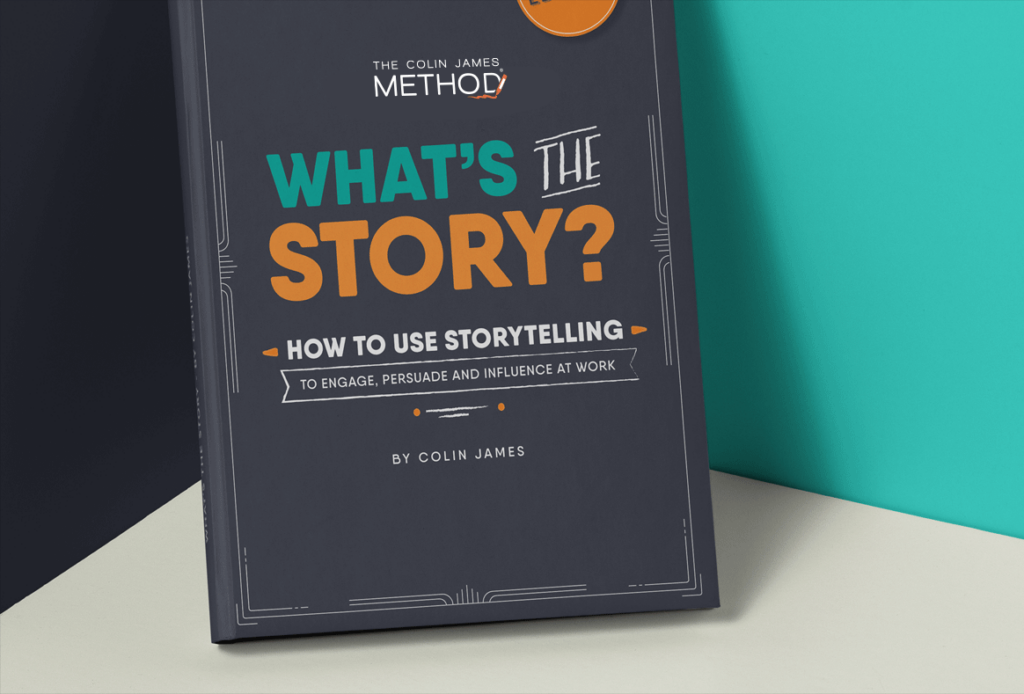These days, global companies have the privilege of hiring employees from all over the world who are able to contribute their unique skills and experience to the big picture. With technology, this can also be shared at the click of a finger, connecting all corners of the globe with ease. The diversity of the workforce reflects a modern era of change, and whilst the benefits are infinite, we are also faced with new communication barriers as we discover differences in how we communicate.
So how can we navigate cultural barriers to communicate effectively within a global economy?
Find some common ground by understanding your differences
Start by taking an interest in the culture of those you’re working with. Get to know them and where they come from. You could try learning a few key phrases in their language, do some research into possible differences so you are more aware of how they operate, and always encourage an open dialogue about cultural differences within your organisation to avoid conflict or misunderstanding.
Use appropriate body language to communicate respect
Various cultures use their physiology differently in communication. Sometimes our words can get a bit lost in translation, which is why having an understanding of this before you meet with people can help to portray mutual respect.
An unforgettable learning curve I had around this happened years ago when meeting with an important client from Japan. Scheduled weeks in advance, on the day I was running a bit late. Beforehand, I never took the chance to look at my calendar and consider cultural barriers that may arise. I rushed in and reached out to shake their hand, only to be met with hesitation. We got off on the wrong foot, to say the least.
Had I taken the time to understand my client and their cultural background, I would have known to bow, as this greeting is the highest form of respect. Simple consideration to your physiology can be extremely beneficial in cross-cultural communication.
Connect on a human level with this universal language
Despite our many differences, there is indeed a universal language we can use to deliver our ideas in a powerful way…
In this video, my colleague Colin James sums it up quite succinctly:
By sharing stories we connect with others on a human level. This is achieved by creating an emotive bond through everyday experiences and linking them to the meaning behind our ideas. Learning to craft and deliver an engaging story in business is a powerful tool in communication because it is something we all share, no matter where we come from.
Too often employees get lost in content-heavy presentations, or overused business jargon. If you want your message to be received clearly, quickly and with enough oomph to inspire action, frame it within a story.
The Colin James Method® Facilitators train corporate executives to improve their professional communication skills with a proven methodology. Our highly trained Facilitators and Coaches are recognised for their experience in their fields and have worked with many individuals and organisations around the world to master the art of communication.










